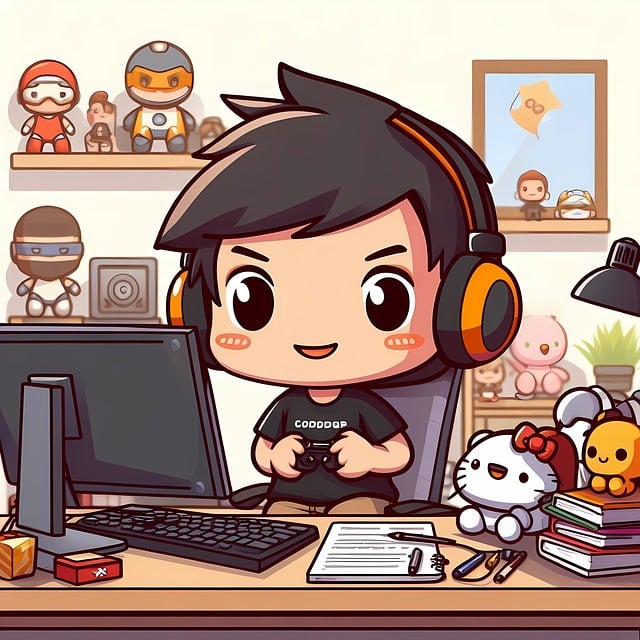Killer
I don’t own an Xbox One. I’ve never played the new Killer Instinct. I have no nostalgia for the old Killer Instinct. I’ve never been that good at fighting games. In spite of all of that, there is still something I find oddly magnetizing about the new Killer Instinct game. I’m happy to see its success and I’m curious to see how the game evolves over time. It’s a bit of a bizarre situation to be in, but the combination of the game’s history and presentation paints a clear picture as to why I have such a fondness for a game that I may never play for myself.
For one, it’s a classic underdog story with its original developer, Double Helix. Prior to making Killer Instinct, Double Helix was a fairly infamous shovelware developer known for releasing low-quality titles based on existing franchises. Prior to KI, their most critically acclaimed game, if you can call it that, was Silent Hill Homecoming, which is considered one of the worst games in the series and the point where the franchise truly started to recede. This is also the studio responsible for such infamous licensed garbage as Battleship, the first-person shooter based on the alien invasion film based on the naval strategy board game, that had the audacity to sell itself at full price despite only having five weapons and fours hours worth of mediocre-at-best gameplay.
When Double Helix was first announced to be developing the long awaited return of KI, it set off alarms for quite a few people, especially when they said that they were going to use a free-to-play model for the game. This could have easily been another failure for the company, but they instead delivered what remains one of the Xbox One’s most touted exclusives. I think the decision to approach the game with a free-to-play model did them a massive service as it gave them a more flexible schedule to develop each individual character over time rather than try to rush the entire roster out in time for the launch of the Xbox One. Strict release dates and an inability to properly plan out and sharpen their games may have been what led them through such a sordid history and KI finally let them break that cycle. Even after finishing KI’s first season of content and passing development onto Iron Galaxy Studios, Double Helix proved that they weren’t a one-trick pony with their equally acclaimed reboot of Capcom’s Strider. Double Helix’s story is an inspirational one showing that anyone, no matter how far they have fallen, can successfully pick themselves up and do something great.
However, for as admirable as Double Helix’s journey is, that alone wouldn’t be enough to keep me curious about the future of the game itself even after they have moved on. What’s kept me hooked on KI was the appeal it has as a spectator sport. I may have never been good at fighting games, but they’ve always been fascinating for me. While I’m sure I would be terrible playing KI, I like to watch more skilled players at work. The gorgeous animations and effects make every combo a feast for the eyes. If the visuals weren’t enough, the dynamic music heightens the thrill to its peak. Just for that, I’m as anxious as any hardcore fan to see the upcoming Aganos join the roster or to learn the backstory and playstyle of the recently teased ghost girl. I hope to see the game continue to succeed and have a bright future ahead of it. It’s an interesting example of the effect that streaming and Let’s Plays can have on a game and how they can widen an audience even beyond the actual players.

vGamerz Thanks to all our Contributors; Independent Writers, Journalists and Guest Bloggers for helping the site to became better with good an engaging content and for keeping our readers up to date with the most recent updates about all types of online games.



 Reviews
Reviews